Why it is important to be specific in your yoga practice design
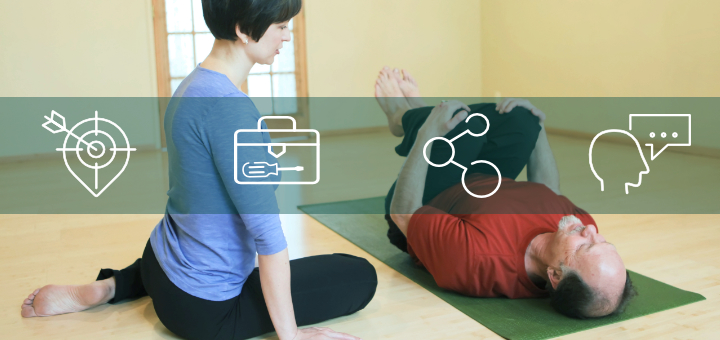
When I first moved to Michigan about five years ago, I experienced a bit of a yoga shock. I went from having a yoga studio and being surrounded by long-term yoga practitioners who had time and desire to practice yoga regularly to being a substitute teacher in a health club where most students were new to yoga and not particularly invested in it. As I started to work with students one-on-one in that new environment, it became increasingly clear to me that if I wanted them to make progress and do their home yoga practice, the routines I designed for them had to be A. Very specific and B. Very short.
Let’s be honest about it – we are all busy. And we are also a bit lazy. Not in the lay-on-the-couch-all-day kind of lazy, but more of give-me-a-good-reason-why-I-should-do-this-on-top-of-everything-else kind. To practice yoga on our own (which is really the best way to make any kind of progress), we need to be strongly motivated. If we want to ensure that our students practice yoga on their own, we need to figure out what would motivate them to do it. This motivation is different for everyone. In the past, my clients chose to do yoga because they wanted to climb Kilimanjaro, do power-lifting, learn to stand on their head, be able to get down on the floor to play with grandchildren, sleep longer than 5 hours per night, be able to do puppet shows, write more inspired blog posts, walk for longer than 10 minutes without pain, and so on. Specific goals like that usually work much better than vague ones. Goals like that are also measurable, meaning that you can measure your progress by how close you get to your goal activity.
Once you help your client figure out and set a specific goal, you need to choose yoga tools that will help them accomplish it, and those tools need to be just as specific. This means specific poses, specific breathing practices, specific meditations, and so on. We cannot have a generic routine that we slightly modify based on the client’s abilities. My client who wanted to climb Kilimanjaro had very different needs than the one who wanted to be able to play with her grandkids. I know that it seems like a no-brainer, but you will be surprised by how many yoga teachers treat private yoga sessions as just a generic class for one person.
I must say though that I myself often teach the same “magic three yoga poses” to most of my new clients. I do it because A. They are useful and effective for most people B. They are incredibly versatile. When the pose is versatile, it means that you can adapt the form of pose for many different purposes. Just look at good old Bhujangasana – on my yogaadaptations.com site I have 14 different versions of this pose.
Each of these versions targets a different body area. The version of the pose I choose for you will be different from the one I choose for somebody else because your needs are different.
Even if I teach the same exact pose to two different people, the way I teach it will also be different. For example, if I teach simple Chakravakasana, I might emphasize the widening of the collar bones on the inhale, the progressive abdominal contraction on the exhale, the position of the head throughout the movement, or the weight distribution between the knees, or the position of the feet in relation to the knees, and so on. It depends on the student and the context. The instructions we give to the students are highly individual, as well.
In the video below, we can see that for this beginning student, it would be most important to emphasize the connection between breath and movement to help her let go of excessive muscle tightening and consistently monitor the positioning of her head since she tends to tense her neck.
When we say that the practices we design for our clients need to be specific, it relates to four different layers:
1. Specific goals
2. Specific tools
3. Specific adaptations
4. Specific instructions
However, all this individualization is fine and dandy, but it will not help your client one bit if she is not doing it. Often, our students are full of good intentions, but they just cannot seem to find time to do their home yoga practice. When somebody tells me they don’t have a spare hour during the day, I believe them. But pretty much everybody has 15 spare minutes at some point during their day. We can design a yoga practice for them that takes 15 minutes if that’s what it takes to get them on the mat.
It takes a special skill to design a very short yoga practice that retains its potency. How much difference can 15 minutes really make? A lot, actually, if you design it mindfully. As my teacher, Gary Kraftsow puts it: “Doing nothing changes nothing; doing something changes everything.”

Do you want to learn how to teach superposes to complete beginners? Sequence Wiz members have access to the exclusive video series that shows you how to build instructions from simple to more complex, what to look for in body alignment, how to coordinate breath and movement, and what to watch out for. All poses featured in this series can be used for both diagnosing body imbalances and correcting them.

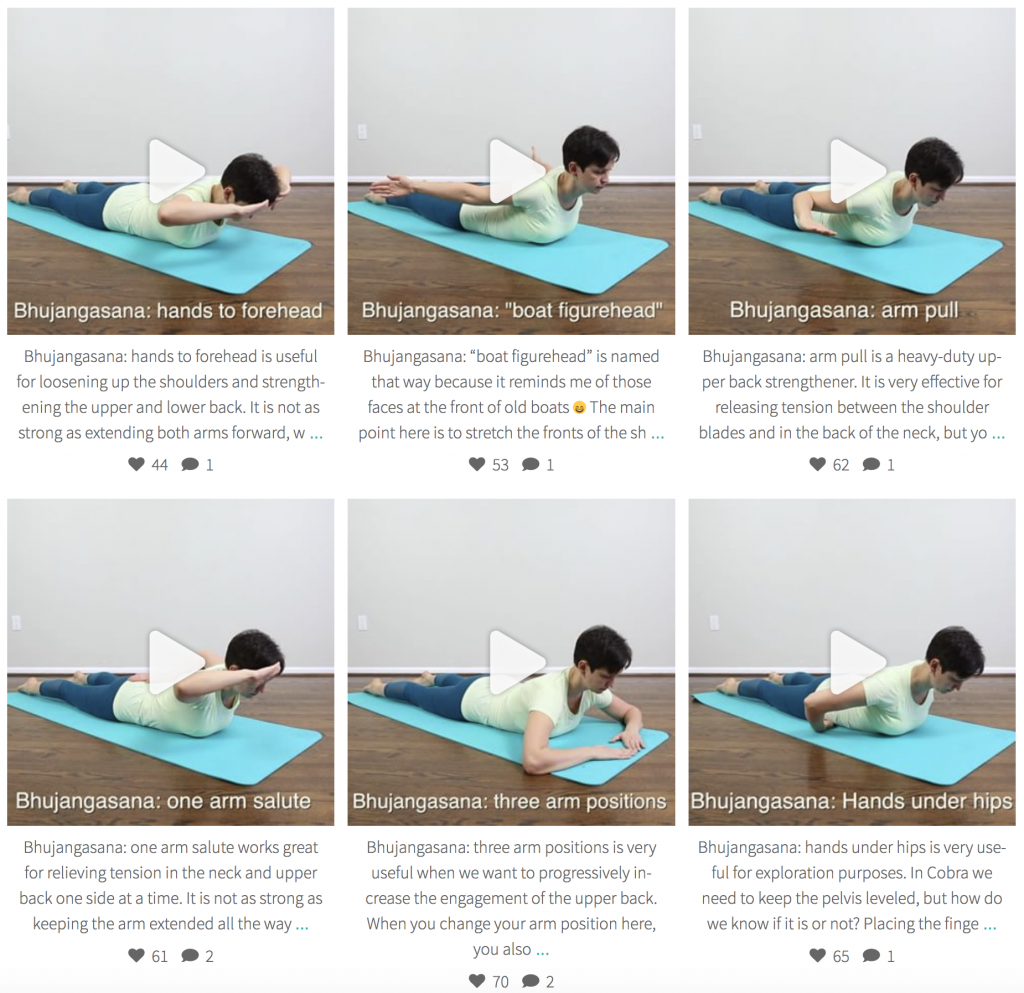
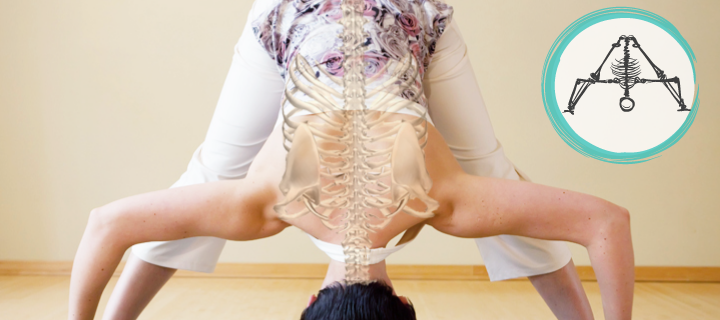

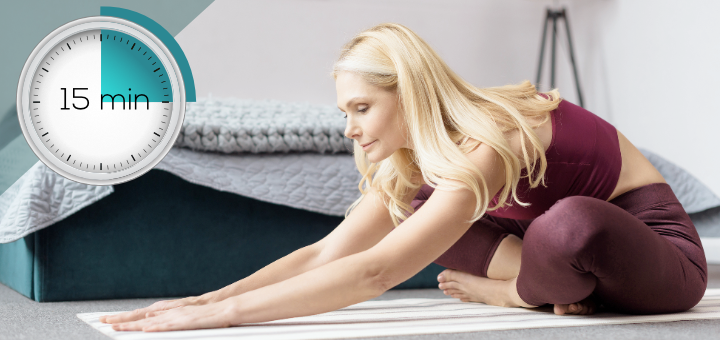

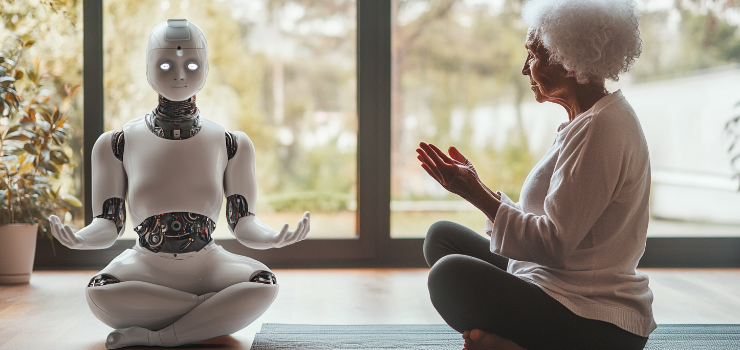

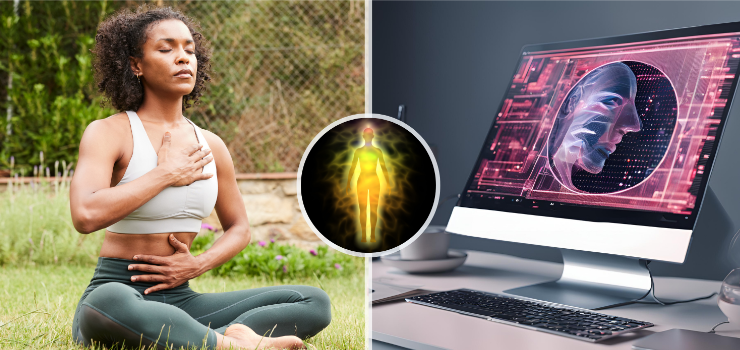
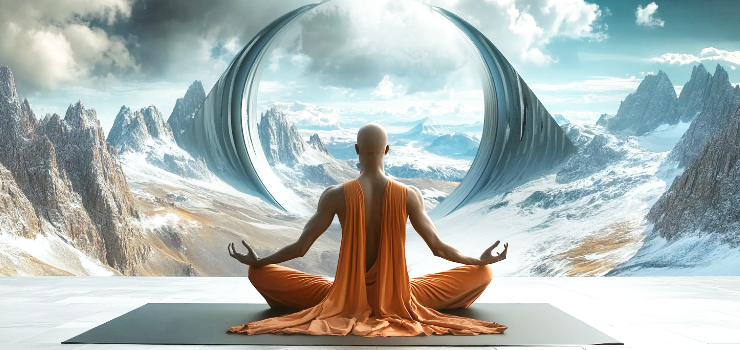
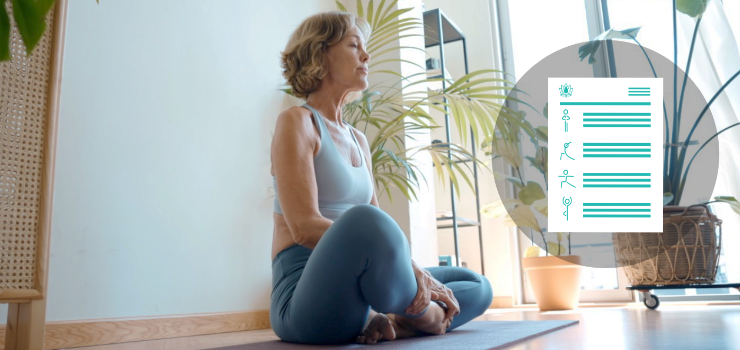
Thank you for sharing your knowledge. It is very valuable to me as a yoga teacher for designing my group and private sessions.Best! Lisa
I absolutely love this and it has literally been on my mind over the last week, thinking about how I work with individuals as individuals, rather than rolling out some standard approach. It’s the same for massage – it would be wrong for me to turn up, roll out a standard massage routine and leave….it has to be based upon a consultation to establish goals, a treatment that suits them, adaptations in light of their bodies, and then some stretches or advice that they are able/willing to follow up. Thank you, really useful post!
Wonderful article 🙂
Completely agree.I bring this knowledge from my coaching studies and practice. We want to help, but we absolutely need to start with setting intentions and goals.
I also struggle with how to become specific in group classes, it is not at all easy there.